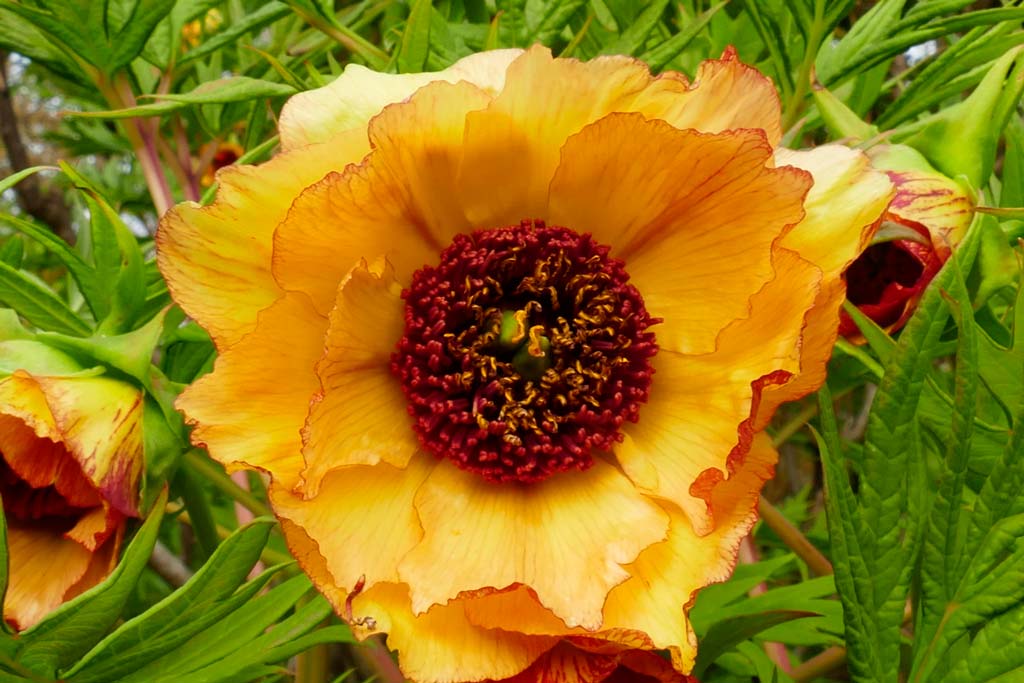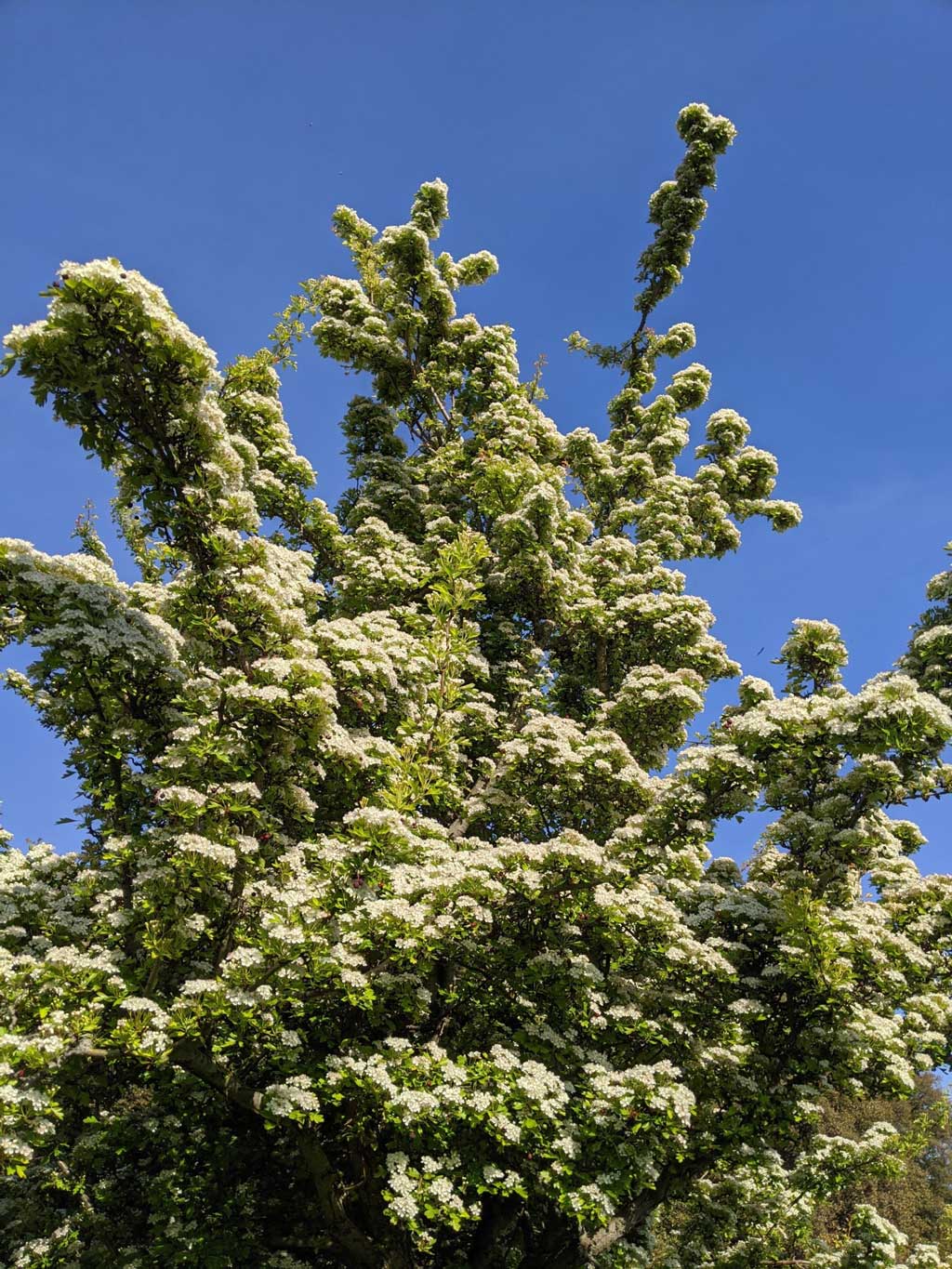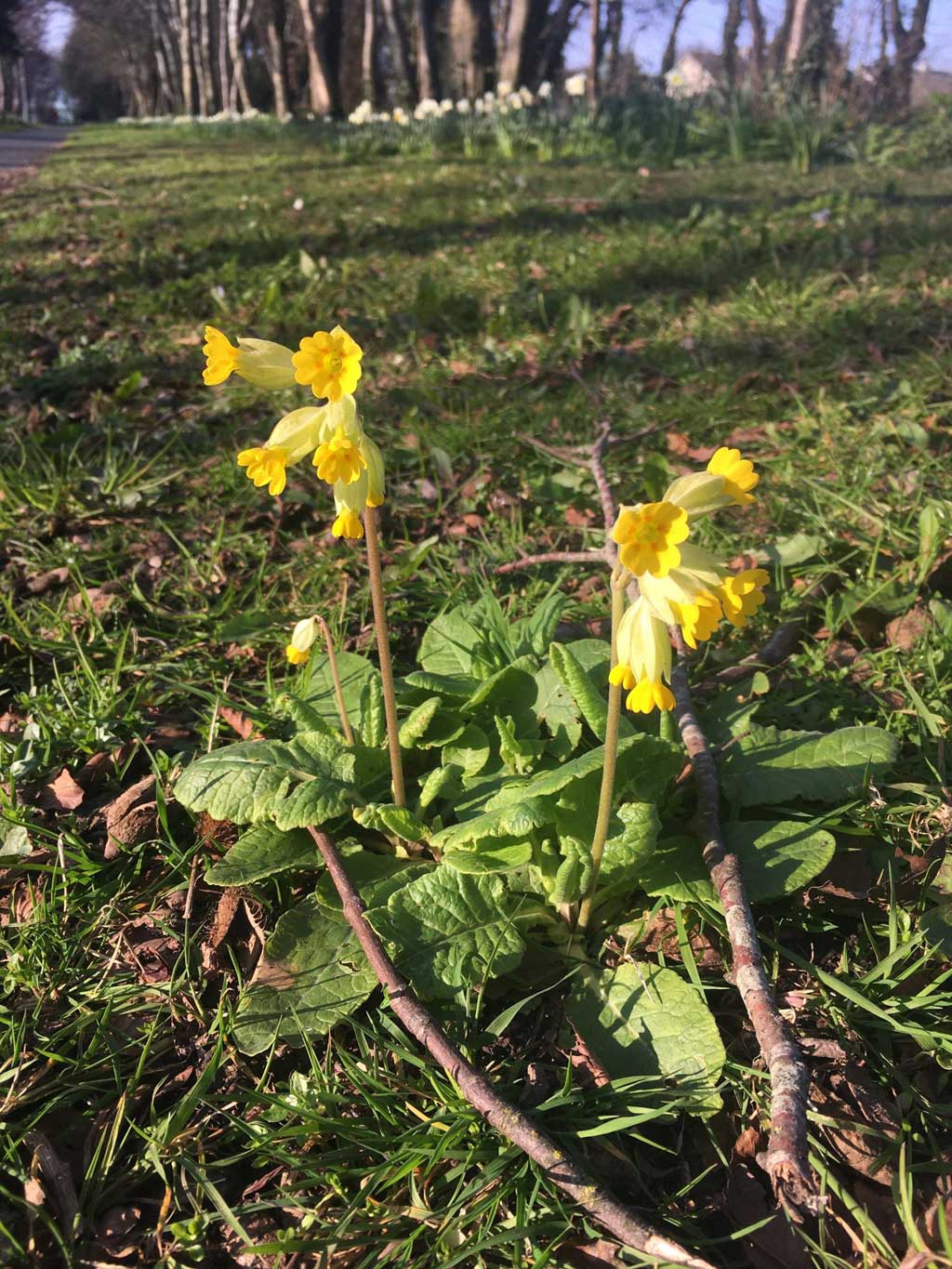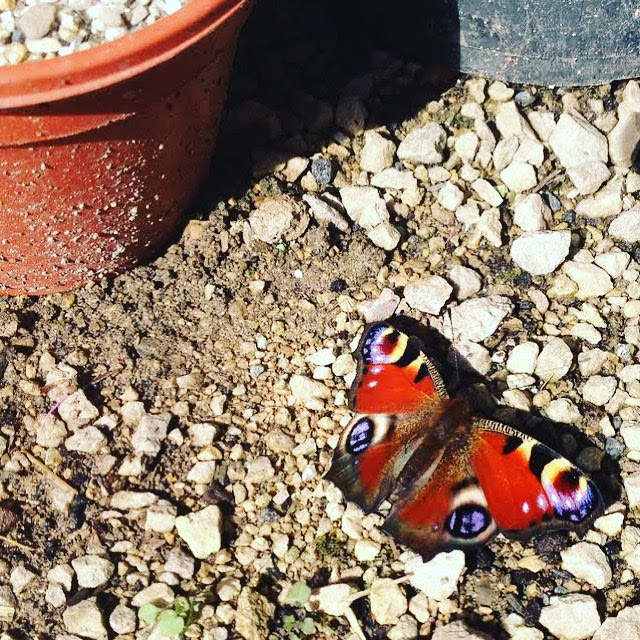Spring into Summer
The days are getting longer and there’s a bit of heat in the sun. Hasn’t time flown despite the lockdown!
May is named after Maia, the Greek goddess of fertility and growth whose festival was held in May. The month signifies the changeover from spring to summer. In Ireland, traditionally, spring starts on the first of February and summer on the first of May whereas in many other countries summer starts in June. Take your pick but the summer solstice (midpoint of the year) is on June 21 which is more in line with the Irish viewpoint.
The first day of May, Lá Bealtaine, was only recently made a public holiday in Ireland but its celebration goes deep into Irish history. Bealtaine, meaning bright fire, is the Irish name for May and the celebration surrounding it. It marked the start of the season of blossoming flowers and fruit trees. Traditionally, bonfires were lit on the evening before May Day. Wood from a range of trees was used. The different types of wood had different spiritual meanings and were thought to play an important role in the fertility of the land and cattle in the coming year. It was also the time of booleying, when the cattle were moved to summer pasture.

Peony ‘Anne Rosse’ in bloom
We’re moving on from springy plants to summery plants though you won’t see our full flowering perennials till late in the summer. Daffs are pretty much gone and even the tulips are starting to follow them. Now is time to take up your spring bulbs if you want to make space for summer bedding. It’s a busy time for the gardener now especially in the vegetable garden. The soil has warmed up enough to plant out most veg seedlings and gardeners will be busy planting, weeding and protecting their young plants from slugs. As I’m sure you’re aware, May 4 was World Naked Gardening Day so hopefully you avoided the sun burn and thorns.
Speaking of which, you may be aware of the old saying ‘Don’t cast a clout till May is out’ meaning don’t start going out without your coat etc. until after May. I’m told however that this probably refers to the May bush (Crataegus monogyna – Hawthorn – Sceach gheal). So don’t start stripping down until the May bush is out. Hawthorn is also regarded as the birth flower in May [for more info. see here]. Hawthorns and sometimes furze were decorated and sometimes burnt on May Day as part of the Bealtaine festival. Many other trees are in splendid leaf at the moment. One to look out for is our native Rowan or Mountain Ash (Sorbus aucuparia). The small aromatic white flowers you see now will transform to the bright red berries of autumn, so loved by our birds fattening up for winter. Read more on hawthorn here.

Hawthorn, or maybush (Crataegus monogyna)
If you’re wandering near the coast you might catch a glimpse of newly flowering Thrift (Armeria spp.) On dunes nearby you might see some of our native orchids. May is also the time for Cowslips (Primula veris) and Yellow rattle (Rhinanthus minor). Yellow Rattle is often found with machair grass or on other meadow areas. Where it replaces grass, it is much better at supporting biodiversity. Keep an eye out for the white and pink campions (Silene sp.) including Ragged Robin.

Cowslip (Primula veris)
It’s still a bit early for roses in the Gardens now, but we do have roses of a kind. After his travels in China, Marco Polo described ‘roses the size of cabbages’. He was of course talking about peonies and many of the Gardens’ peonies are in full flower now. Our tree peonies are just going past their best.
Those beautiful little blue Forget-me-nots (Myosotis sp.) are probably decorating your lawn now. Do you consider them weeds? You’ll also see Agapanthus, Amaryllis, Iris, lilac, magnolia, heather, pansies, rhododendrons, and lots in the pea family.
May is perhaps the best month for bird-watching. Birds are singing their hearts out now; declaring their territories and looking for mates. We are well into the nesting season and some early starters may already be on their second brood. Fruit is starting to appear on the trees to feed all the new little mouths.
A number of people have commented that in this lock-down the birds are more vocal, or maybe we can just hear them more clearly. Get up early if you can and have a listen to the dawn chorus. It’s good for the soul in these difficult times.
Most of our migrant birds are still arriving: swallows, martins, warblers, swifts and many others. On a clear day you’ll see swifts hawking for insects high overhead. The swallows and martins tend to hunt a little lower and when they all fly low you can be sure bad weather is on the way as the insects have come down. In the night you might also hear unusual calls of passage migrants overhead. In rural areas you should still be hearing male cuckoos calling loudly. As soon as they pair up, they’ll largely go quiet for the rest of the summer.
Squirrels are nesting. We haven’t had native red squirrels in the Gardens for many years but there are plenty of Greys if you need squirrel company. Foxes, hedgehogs, rabbits, hares and otters are also rearing young and if you’re lucky you might see an otter on the Tolka in the Gardens. Bats should be well out of hibernation now. It’s a good time to see them with the whole family as they tend to come out at dusk which is still quite early.
Keep an eye out for frogs; there should be plenty about now although in truth a majority of juvenile frogs are food for other animals.

Peacock butterfly (Aglais io)
Check your buddleias for butterflies. All Irish butterflies sip nectar and with so many plants coming into flower there is plenty of nectar available for them. About 37 species of butterfly can be seen in Ireland (some are very rare) and more are emerging and arriving now as the days heat up. Keep an eye out for Green Hairstreaks, migrant Red Admirals, Orange Tips, Large and Small Whites, Peacocks, Small Tortoiseshells and many others. Our honey bees and bumble bees and others are now very active gathering pollen and nectar from all the flowers. You may be able to see the little pollen ‘saddle bags’ on either side of the bees as they go about their work.
Maybugs (Melolontha melolontha) are large beetles (3cm) which are true to their name. They are common on May evenings, working the gardens like little mini helicopters. Devil’s coach horses (Ocypus olens) are also around though hard to see. These beetles can behave like a scorpion when challenged and emit a foul-smelling liquid. While maybugs are harmless to people, devil’s coach horses can bite.

Maybug, cockchafer, doodlebug (Melolontha melolontha)
Keep an eye out too for ants, beetles, damselflies, garden spiders, hoverflies, ladybirds, moths, shieldbugs, slugs n snails and wasps; too many to cover here in detail.
All of our plants and animals are working hard for a spectacular show on the International Day for Biological Diversity – 22nd May.
